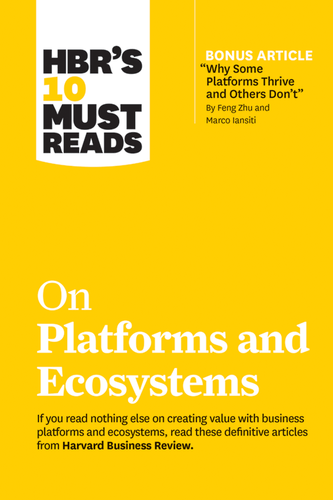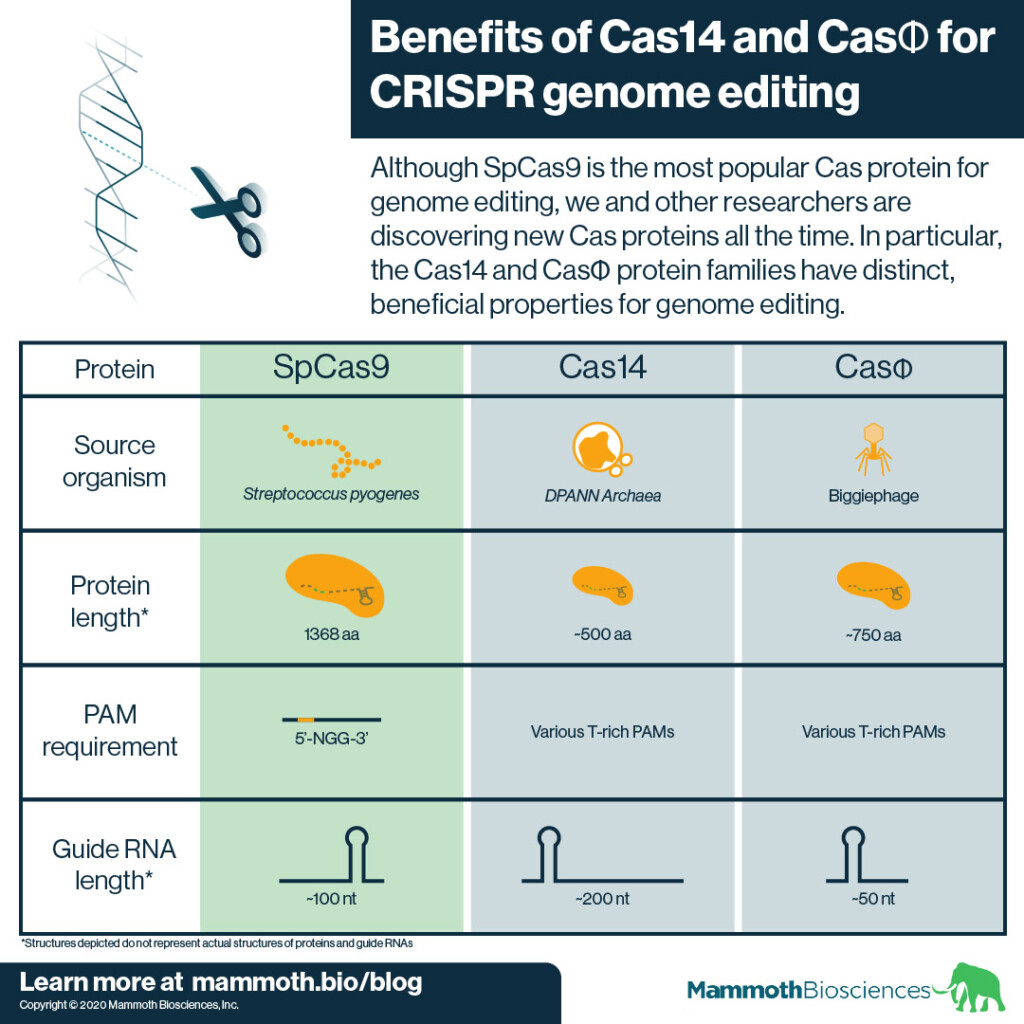The public health implications of the Paris Agreement: a modelling study
Great article, a must read
Compared with the current pathways scenario, the sustainable pathways scenario resulted in an annual reduction of 1·18 million air pollution-related deaths, 5·86 million diet-related deaths, and 1·15 million deaths due to physical inactivity, across the nine countries, by 2040. Adopting the more ambitious health in all climate policies scenario would result in a further reduction of 462 000 annual deaths attributable to air pollution, 572 000 annual deaths attributable to diet, and 943 000 annual deaths attributable to physical inactivity. These benefits were attributable to the mitigation of direct greenhouse gas emissions and the commensurate actions that reduce exposure to harmful pollutants, as well as improved diets and safe physical activity.
Though I'm not a fan of such predictions, these are some figures related to 9 countries only to take into account. More interesting articles released in the same issue.
Just take these ones, for instance, on diet:
Number of deaths avoided attributable to dietary risks in the year 2040, relative to CPS per 100 000 population, by scenario and country
The health impacts associated with the combination of all risks is smaller than the sum of individual risks because the former controls for co-exposure (ie, each death is attributed to only one risk factor). CPS=current pathways scenario. HPS=health in all climate policies. SPS=sustainable pathways scenario.












